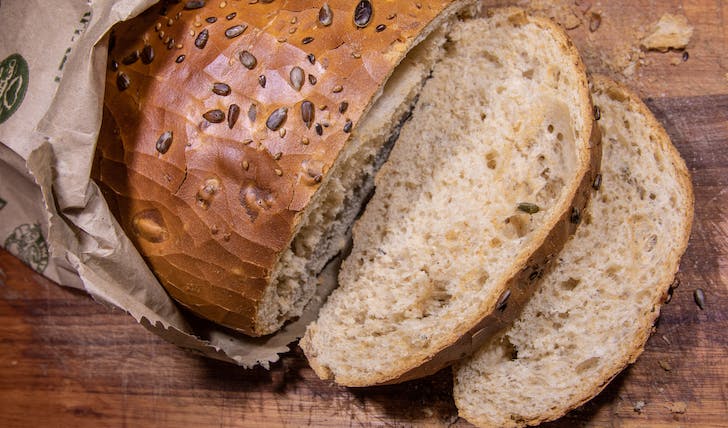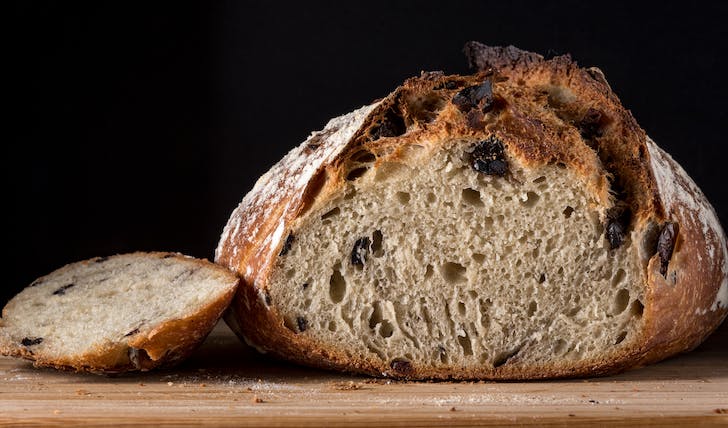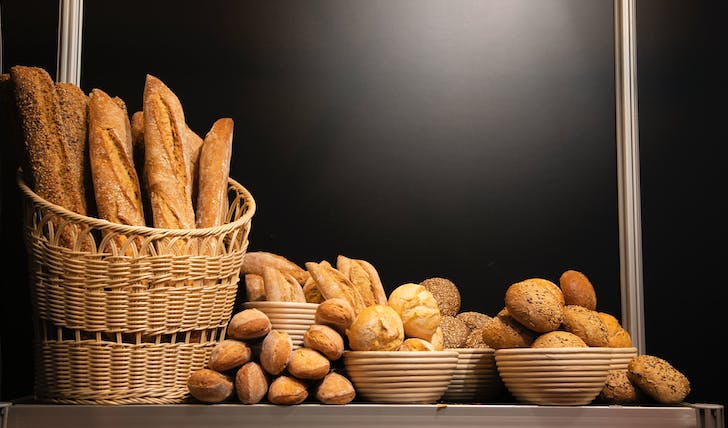More often than not, moldy bread is more than just a spoilsport for your sandwich. It is a health hazard. Mold on bread is not just unsightly. It often carries bacteria like Staphylococcus or Bacillus, which are invisible to the naked eye. Even if you remove the moldy parts, these bacteria could have infiltrated the entire loaf. So, it is best to steer clear of moldy bread altogether.
Now, let’s dive into some inventive ways to keep your bread fresh and yummy for a longer time. It is about time to turn the tables on stale, moldy bread!
Revive with a Splash of Water: The Oven Trick
Before you toss out slightly stale bread, try this oven trick. Sprinkle a bit of water on the crust, then pop the loaf in the oven for a few minutes. The moisture rejuvenates the bread, making it taste freshly baked.

This method is perfect for bread that is just beginning to lose its freshness.
Paper Bag and a Bread Stone: A Dynamic Duo
Store your bread in a paper bag along with a bread stone. Bread stones, often made from ceramic, help regulate moisture and keep your bread’s environment stable. The paper bag allows the bread to breathe, preventing it from getting too moist or too dry.
Thus, it is a simple yet effective combination for extending your bread’s shelf life.
Vacuum Sealing: The Modern Approach
For a more high-tech solution, consider vacuum sealing. This method is excellent for bread you will not consume immediately. Vacuum sealing removes air, significantly slowing down the process of staling and mold growth.

When you are ready to eat it, just thaw your bread at room temperature or in the oven for fresh-like quality.
Linen Bread Bags: An Eco-Friendly Option
Opt for linen bread bags for an eco-friendly and effective storage method. Linen naturally wicks away moisture, keeping your bread just the right amount of dry.
Similarly, it also allows the bread to breathe, preventing mold growth. Plus, it is a sustainable choice compared to plastic bags.
Rice Trick: Absorb the Excess Moisture
Here is a little-known trick: storing a small container of rice in the same cupboard as your bread. Rice absorbs excess moisture from the air, which helps keep your bread from getting too damp and moldy.
However, just make sure the rice does not directly touch the bread.
Rotate and Inspect: Simple Yet Effective
Last but not least, the most straightforward strategy is regular rotation and inspection.

Regularly inspecting your bread allows you to catch any signs of staleness or mold early on and take action.
Bringing It All Together
The journey to extending your bread’s freshness is all about creativity and understanding the balance between moisture and dryness. Whether it is leveraging the wonders of modern technology like vacuum sealing, or going the eco-friendly route with linen bags, there is a method for everyone.
So, make sure to embrace these strategies and transform the way you store bread. Follow these tips and get ready to bid farewell to moldy bread and embrace a world of long-lasting freshness!




